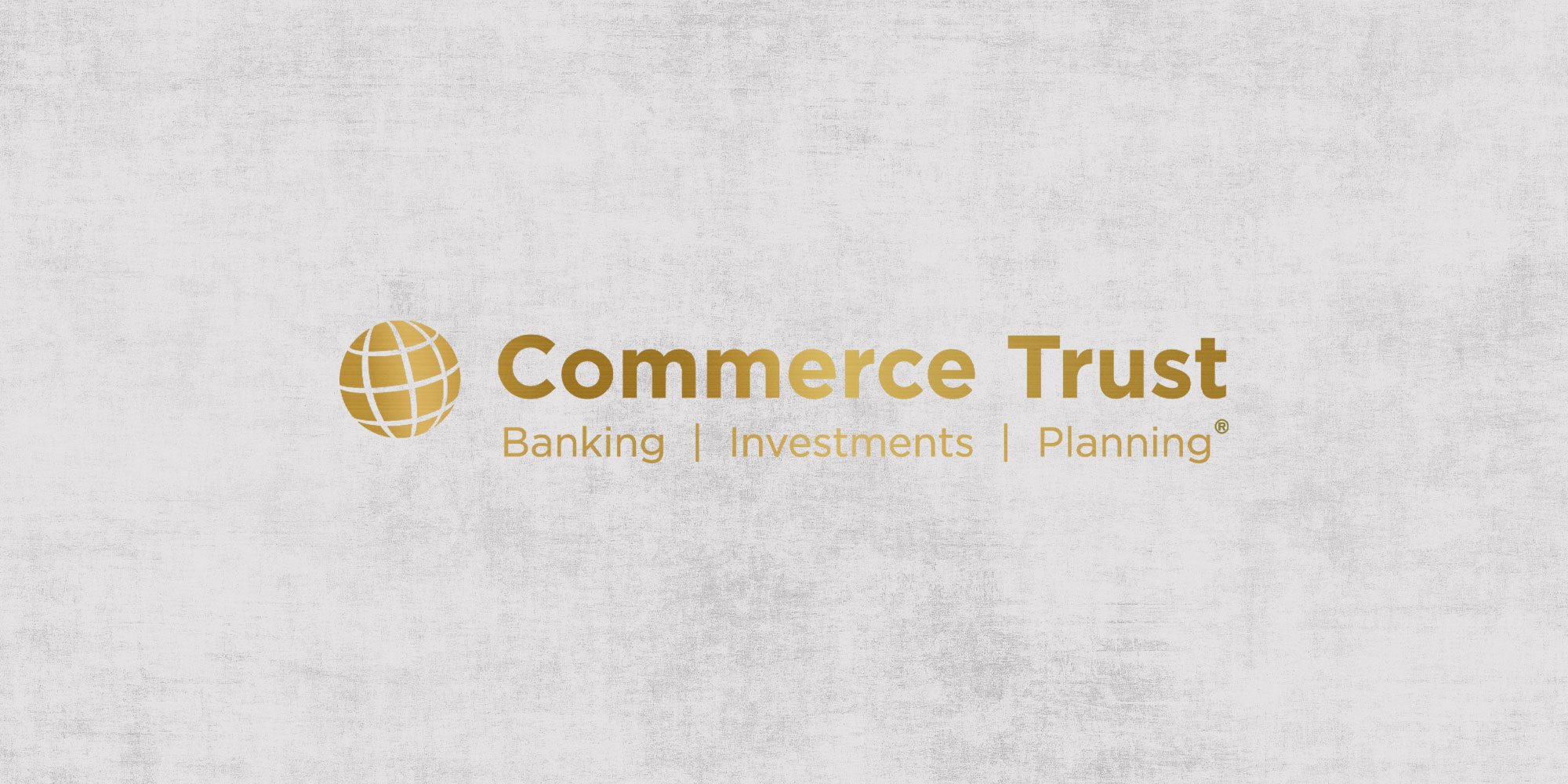5 min read
One Big Beautiful Bill Act: What Nonprofits Need to Know
 Amy Pieper, CTFA, Senior Vice President, Director, Institutional Client Sales & Service
:
Aug 22, 2025 11:00:00 AM
Amy Pieper, CTFA, Senior Vice President, Director, Institutional Client Sales & Service
:
Aug 22, 2025 11:00:00 AM

Nonprofits are facing a confluence of pressures in 2025. Many of these organizations may be receiving less federal support through research grants and other forms of government payments. Additionally, a shift in
tax benefits for donors has put pressure on endowments to provide additional support as they continue to serve their mission. Large higher education endowments may also face a larger excise tax based on student ratios.
OBBBA tax implications for donors
The One Big Beautiful Bill Act (OBBBA) was signed into law on July 4, 2025. There are several provisions in the act that will impact donors’ taxes as they consider options to maximize their giving efficiency.
The OBBBA made the increased standard deduction permanent at the post-Tax Cuts and Jobs Act (TCJA) level from 2017 and slightly increased the standard deduction for tax year 2025. The 2025 standard deduction is $15,750 for single filers and married filing separately, $23,625 for head of household, and $31,500 for those married filing jointly. Since TCJA was enacted, fewer than 20% of taxpayers have itemized their deductions. Due to these changes, many taxpayers have not received income tax savings from their donations to charities.
The OBBBA also raised state and local tax (SALT) deduction limits. If taxpayers itemize their deductions,
they may now deduct up to $40,000 of certain state and local taxes for tax year 2025 under the new cap
set by the OBBBA.1
The deductible limit starts to phase out above $500,000 in modified adjusted gross income (MAGI), gradually reducing the available deduction to a minimum of $10,000.
The new $40,000 deduction limit is an increase from the previous $10,000 limit imposed by the TCJA, which was scheduled to expire at the end of 2025. Before the TCJA, there was no cap on the SALT deduction, so imposing a limit significantly reduced the benefit for taxpayers in states that impose high income or property taxes. These changes should allow more taxpayers to itemize deductions, which could include qualifying charitable giving deductions, rather than relying on the standard deduction, especially for residents in states with higher income, property, and sales tax rates.
Key OBBBA provisions effective January 1, 2026
Itemized deductions
Donors who itemize deductions are only allowed a charitable deduction for contributions that exceed
0.5% of their adjusted gross income (AGI), without considering net operating losses. For example, if a
married couple has an AGI of $500,000, the first $2,500 of charitable contributions is not deductible.
Above-the-line charitable deductions
Donors that do not itemize can take an above-the-line charitable deduction of up to $1,000 for single filers and up to $2,000 for those married filing jointly. This deduction only applies to cash gifts to public charities, not donor-advised funds or supporting organizations.
Cash donations
The TCJA set a limitation that capped the deductions of cash donations to public charities at 60% of taxpayers’ AGI. The TCJA limitation was set to expire and revert to a 50% limitation. The OBBBA made the 60% AGI limitation permanent.
Maximum benefit
The OBBBA capped the maximum benefit of charitable donations at the 35% tax rate. Prior to the OBBBA, this deduction could be at a taxpayer’s top marginal tax bracket of 37%.
Giving strategies for donors
Though the OBBBA marks a significant shift for donors when managing their giving plan, these simple
strategies are still important to consider.
Gifting appreciated securities
When a donor transfers securities with capital gains to a public charity, the charity can then sell the shares
without being subject to taxation on the capital gain. The donor’s gift value is calculated at the full market
value of the security on the date of transfer, and the donor does not pay taxes on the capital gains.
Qualified Charitable Distribution from IRAs
For donors aged 70 ½ years and older, a qualified charitable distribution (QCD) directly from their IRA to a
public charity can offer benefits. In 2025, a QCD can be directed for up to $108,000 per taxpayer, and can
satisfy the donor’s required minimum distribution requirements, if applicable. While the donor does not
get to deduct the gift, the QCD amount is not included in the donor’s AGI, which may help the donor minimize
the tax impact of income-based thresholds such as Medicare premiums or Social Security taxation. This can be particularly attractive to those donors who do not itemize their deductions.
Gift bunching
Bunching gifts together allows donors to combine two or more years of charitable contributions in a single
year. Donors can itemize the higher level of contributions in the first year of the gift, then use the
standard deduction amount in subsequent years. Donors using this strategy may decide to make the bunched gift to a donor-advised fund so that it can be used to support charities over multiple years, rather than a one-time gift directly to the charity.
Impacts for higher education institutions
With these revenue challenges, another pressure coming out of the OBBBA is a larger excise tax for
higher education endowment income based off criteria focused on the ratio of endowment assets to students, decreasing both the value and income generation of the capacity of these increasingly important funds.
Endowment to student ratio
Colleges and universities with endowments over $500,000 per student may be materially impacted by
OBBBA.
The TCJA included an excise tax of 1.4% net investment income for institutions that had endowments greater than $500,000 per student. Starting in 2026, OBBBA creates a permanent tiered excise tax structure based
upon the ratio of endowment assets to students. The OBBBA expands the definition of net investment
income to include student loan interest and certain royalty income. Under OBBBA, it appears fewer institutions will be subject to the excise tax, but the burden on impacted schools will likely increase.
One Big Beautiful Bill Act
Tiered Excise Structure

Your Commerce Trust team
The One Big Beautiful Bill Act may impact your nonprofit organization’s strategy for approaching donors. Work with your Commerce Trust team to review tax-efficient giving strategies that donors may employ so they can continue to provide vital support for your mission. Our institutional asset management team offers a comprehensive, fiduciary approach designed to meet your organization’s complex needs.
1 For those with a tax filing status of “married filing separately,” the maximum SALT deduction limit is $20,000.
The opinions and other information in the commentary are provided as of 8/22/2025. This summary is intended to provide general information only and may be of use to the reader and audience.
This material is not a recommendation of any particular investment or insurance strategy, is not based on any particular financial situation or need, and is not intended to replace the advice of a qualified tax advisor or investment professional. While Commerce may provide information or express opinions from time to time, such information or opinions are subject to change, are not offered as professional tax, insurance or legal advice, and may not be relied on as such. Consult an attorney for legal advice, including drafting and execution of estate planning documents.
Commerce does not provide tax advice to customers unless engaged to do so.
Past performance is not a guarantee of future results. Diversification does not guarantee a profit or protect against all risk.
Data contained herein from third-party providers is obtained from what are considered reliable sources. However, its accuracy, completeness or reliability cannot be guaranteed.
Commerce Trust is a division of Commerce Bank.
Investment Products: Not FDIC Insured | May Lose Value | No Bank Guarantee
Related Articles




